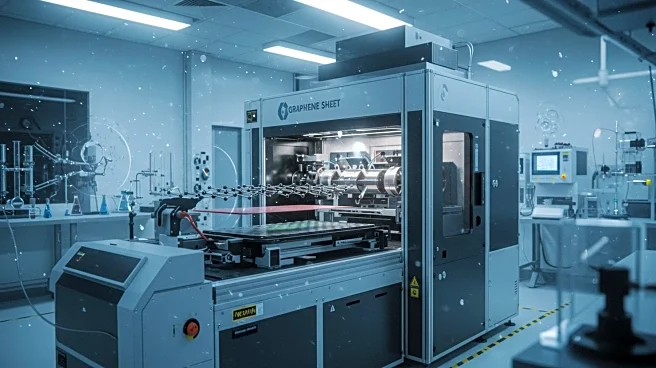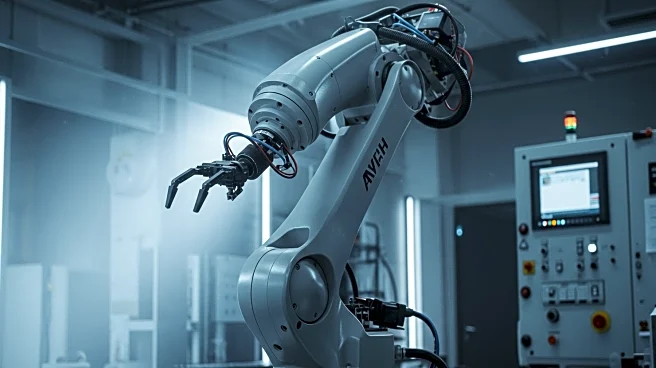What's Happening?
WUS Printed Circuit Co., Ltd. has reported impressive financial results for the first half of 2025, showcasing its strong position in the printed circuit board (PCB) industry. The company achieved a 23.87% increase in revenue, reaching NT$17.6 billion, and a 21.33% rise in net income, totaling NT$5.67 billion. This performance is notable given the broader sector trends, where North American PCB shipments declined by 8.6% year-over-year. WUS's success is attributed to its focus on high-performance PCBs for sectors such as automotive, industrial, and consumer electronics, which have seen robust demand. The company's strategic geographic diversification and investment in research and development have further strengthened its resilience against macroeconomic challenges.
Why It's Important?
The strong performance of WUS Printed Circuit Co., Ltd. highlights the potential of high-margin, innovation-driven manufacturing in the electronics sector. As the global PCB market is projected to grow to $90.4 billion by 2028, driven by advancements in AI, 5G, and electric vehicles, WUS is well-positioned to capitalize on these trends. The company's ability to maintain high margins despite global supply chain pressures underscores its competitive advantage and operational efficiency. This positions WUS as a leader in the PCB industry, offering significant opportunities for investors seeking exposure to technology-driven growth.
What's Next?
WUS Printed Circuit Co., Ltd. is expected to continue leveraging its strengths in product and geographic diversification to navigate potential challenges such as rising input costs and global economic volatility. The company's focus on high-growth segments like AI and automotive electrification will likely drive future growth. Investors and industry stakeholders will be watching how WUS adapts to changing market conditions and maintains its profitability in the face of potential macroeconomic headwinds.
Beyond the Headlines
The success of WUS Printed Circuit Co., Ltd. also reflects broader trends in the electronics manufacturing sector, where companies that prioritize innovation and efficiency can outperform traditional energy infrastructure plays. As the industry evolves, WUS's strategic approach may serve as a model for other manufacturers seeking to balance profitability with technological advancement.











